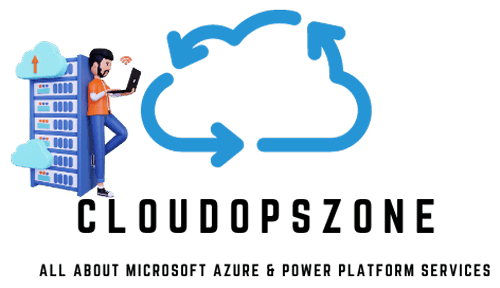Microsoft has rolled out Power Platform Pipelines to simplify and low-code ALM. This tool, which can be installed in specific Power Platform environments (I will write about prerequisites further below), simplifies the deployment of apps and components across environments, reducing errors and enhancing consistency. In comparison to Azure DevOps Build Tools, which are complex but customizable, this option provides a better choice for complex scenarios, such as deploying solution(s) to a different tenant.
These pipelines integrate with Managed Environments, allowing makers and administrators to manage secure and efficient deployments. This boosts collaboration and speeds up development cycles, making DevOps practices easier for both citizen developers and professional teams.
In this article, I will describe the process to install Power Platform Pipelines, and in the second part of it, how to configure and run the pipelines.
Before installing the Power Platform Pipelines app, ensure that you have checked the prerequisites listed below.
- The target environments must have the Managed Environments feature turned on.
- Each environment used in Power Platform Pipelines needs to have an MS Dataverse database.
- All environments must be part of the same tenant.
Now, let’s see how easy the Power Platform Pipelines application can be installed.
From the Power Platform admin centre, select the environment where you want to install the app, and then choose Resources – Dynamics 365 apps from the top command control menu.

Click on the Install App button.

Select the Power Platform Pipelines app and then click the Next button.

In the next step of the wizard, check the agreement terms of service checkbox and select Install to start the installation.

In just a few minutes, the installation should be completed, taking less than 10 minutes overall.
The installation status of the app will be displayed as “Installed.”
![]()
On the maker’s portal, http://make.powerapps.com, you should find a new model-driven App called Deployment Pipeline Configuration, which allows you to create and manage your pipelines.


